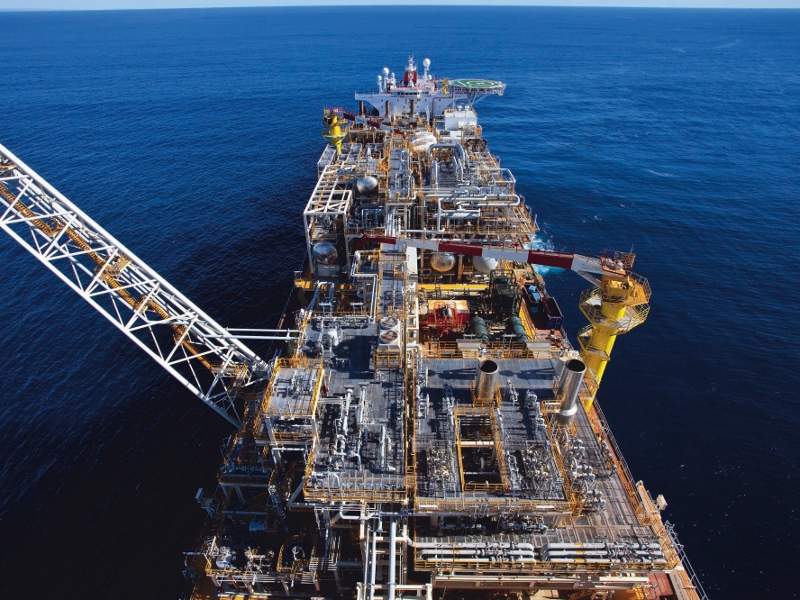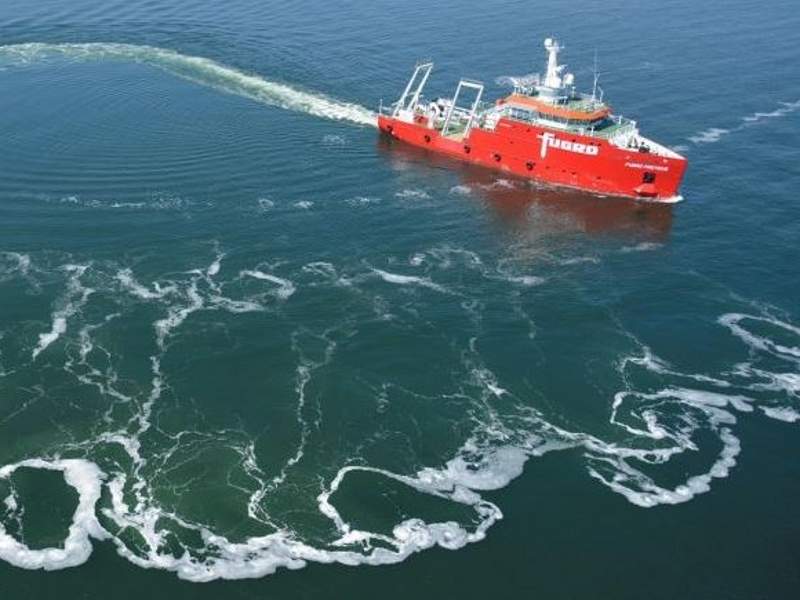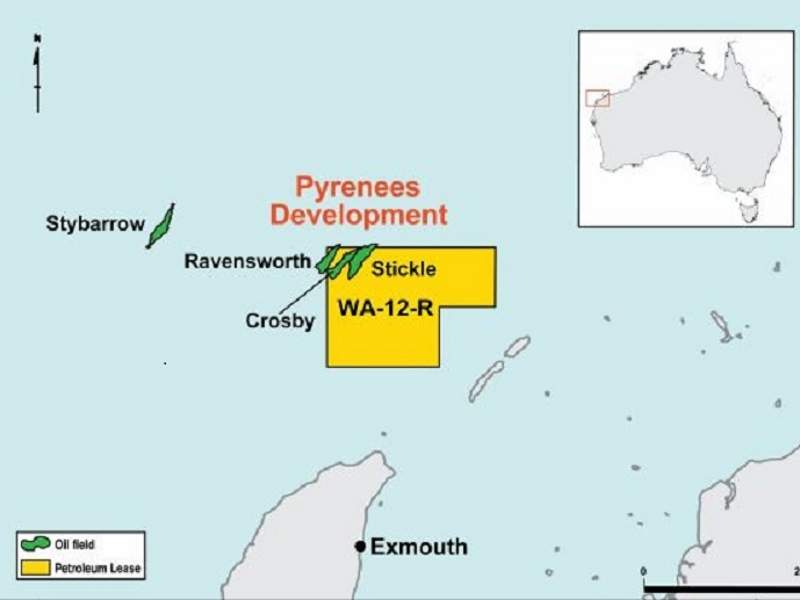The Pyrenees Development lies within permit areas WA-42-L and WA-43-L in water depths ranging from 190m to 260m. It is located 27km northwest of North West Cape and approximately 46km north-west of Exmouth in Western Australia. The development has an estimated production life of 25 years.
BHP Billiton is the operator of the development, while Quadrant Energy and Inpex are the joint venture partners. Quadrant Energy came onboard after Apache Corporation sold its Australian assets in 2015. The $1.7bn field development started production in 2010.
Plans for phase three development were recently announced by the operator and comprise a drilling campaign to explore and develop potential resources present in the two permit areas. The drilling activities will span over five years and are expected to be completed in December 2019.
Described as a world-class development, the Pyrenees project produced 92 million metric barrels (MMbbl) within five years of its start-up.
Pyrenees phase three expansion details
The phase three expansion comprises drilling of up to 16 wells, including 12 development wells and four exploration wells, which will target Pyrenees crude available in the WA-42-L and WA-43-L production areas. The existing production wells will also undergo an expansion.
The Pyrenees development consists of six separate fields, namely Stickle, Crosby, Tanglehead, Moondyne, Wild Bull and Ravensworth. The project also includes a tie-back of the Stickle 9 well to the existing Tanglehead manifold.
A semi-submersible mobile offshore drilling unit will be used to perform the drilling campaign. It will be equipped with two anchor handling tug supply vessels. The rig will accommodate a crew of up to 130 personnel.
The drilling plan for an exploration well includes riserless four-hole drilling followed by the installation of conductors. An X-mas tree and a blowout preventer will be installed, latched and tested along. Each well is estimated to require approximately 50 days for drilling and completion activities.
Pyrenees field layout
The 24-well subsea project has been developed using a double-hulled FPSO vessel supplied by MODEC. The topside plants of the vessel have a production capacity of 96,000bbl a day.
Crude oil produced from the six fields is transferred to the FPSO where it is processed and then stabilised crude oil is shipped by off-take tankers for export. Gas produced from the fields is reinjected into the reservoir of the nearby Macedon gas field for the purpose of future recovery. The project is estimated to produce 60 million cubic feet (mcf) of gas a day for reinjection.
The three Pyrenees fields, namely Crosby, Ravensworth and Stickle, were discovered in permit area WA-12-R in July 2003. The fields are estimated to have recoverable reserves between 80MMbbl and 120MMbbl of oil. Long horizontal wells have been drilled to develop the fields, which are tied to the Pyrenees FPSO by an extensive gathering system.
Key players involved
A contract for the phase three installation was awarded to Fugro in February 2016. The scope of work includes suspension of existing infrastructure, and installation and pre-commissioning of the new flexibles and flying leads.
Fugro will also provide services for the remotely operated vehicle (ROV) intervention and well-commissioning support, as well as the supply and fabrication of crossings, stabilisation and installation aid, and mobilisation and transportation of equipment to the field. Fugro will also render project management, engineering and associated support services.
The contract work will start in May 2016 and will be performed using Fugro’s multi-role construction vessel, the Southern Ocean. The DP2 vessel is equipped with the installation spread required for completing the subsea activities.










